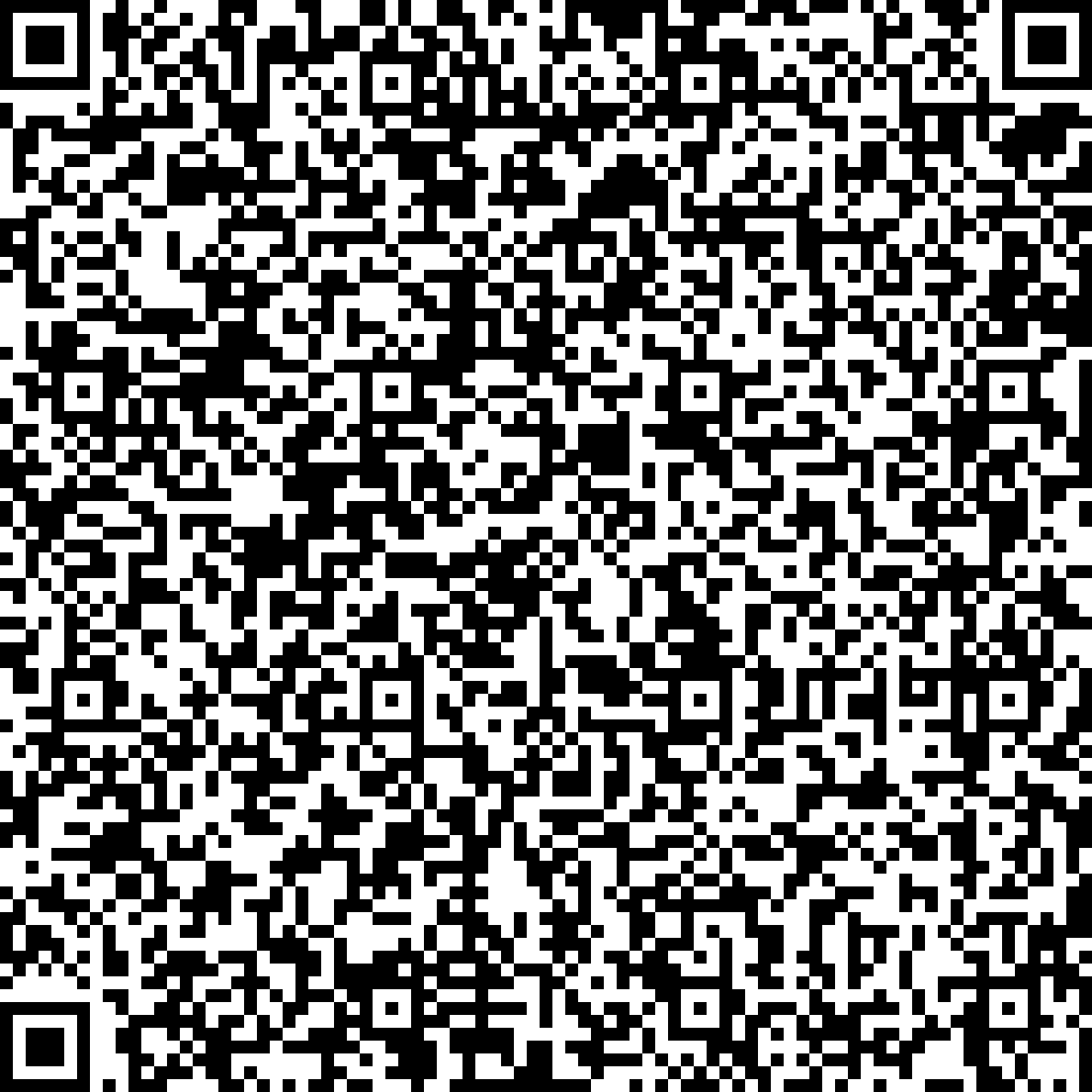


Due to the excitation of localized surface plasmons (LSPs), metallic nanoparticles behave like optical antennas, converting free-propagating optical radiation into localized fields and in this way strongly perturbing their surrounding electromagnetic environment. Point-like emitters located in their proximity can thus undergo important changes of their spontaneous emission rate and quantum yield, and if the interaction becomes strong enough, they can experience the alteration of the energy levels that are responsible for the emission process with the appearance of new resonant peaks in the optical response. Both these regimes of interaction, named weak and strong coupling, are presented and analyzed in the classical framework of the Discrete Dipole Approximation (DDA). The method, is applied to analytically-unsolvable geometries, e.g. sharp silver nanocones and nanodisks, demonstrating the possibility to numerically control plasmons-emitters interactions in a simple way. The limits of a classical description of LSPs, by entering the quantum size regime, are then put in evidence and a method to take into account quantum effects, is presented.



Due to the excitation of localized surface plasmons (LSPs), metallic nanoparticles behave like optical antennas, converting free-propagating optical radiation into localized fields and in this way strongly perturbing their surrounding electromagnetic environment. Point-like emitters located in their proximity can thus undergo important changes of their spontaneous emission rate and quantum yield, and if the interaction becomes strong enough, they can experience the alteration of the energy levels that are responsible for the emission process with the appearance of new resonant peaks in the optical response. Both these regimes of interaction, named weak and strong coupling, are presented and analyzed in the classical framework of the Discrete Dipole Approximation (DDA). The method, is applied to analytically-unsolvable geometries, e.g. sharp silver nanocones and nanodisks, demonstrating the possibility to numerically control plasmons-emitters interactions in a simple way. The limits of a classical description of LSPs, by entering the quantum size regime, are then put in evidence and a method to take into account quantum effects, is presented.